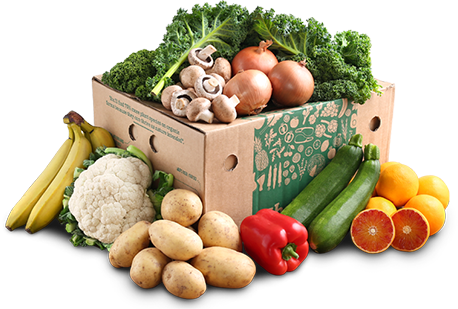Navigating Brexit: How It Has Transformed Agricultural Export Policies
The United Kingdom’s departure from the European Union marked a turning point for its agricultural exports. Brexit introduced new regulations, trade policies, and logistical hurdles, fundamentally reshaping how UK exporters operate. This blog explores the impact of Brexit on agricultural exports and how exporters can navigate the evolving landscape. The Immediate Impacts Tariff Barriers: Post-Brexit, UK exports to the EU now face tariffs and customs checks, increasing costs and time delays. Regulatory Divergence: Differences in food safety and quality standards between the UK and the EU have created complexities for exporters. Supply Chain Disruptions: Brexit initially caused disruptions in supply chains due to new paperwork and border checks. Adapting to the New Normal Exploring Non-EU Markets: Many exporters have diversified their target markets, focusing on countries with FTAs such as Australia, Japan, and Canada. Investing in Compliance: Exporters are investing in systems to streamline compliance with new regulations, ensuring smooth cross-border trade. Collaborating with Trade Bodies: Organizations like the Department for International Trade (DIT) provide valuable resources to help exporters navigate post-Brexit challenges. Conclusion While Brexit posed significant challenges, it also presented opportunities for UK exporters to rethink strategies and expand into new markets. With adaptability and resilience, the agricultural sector continues to thrive.


